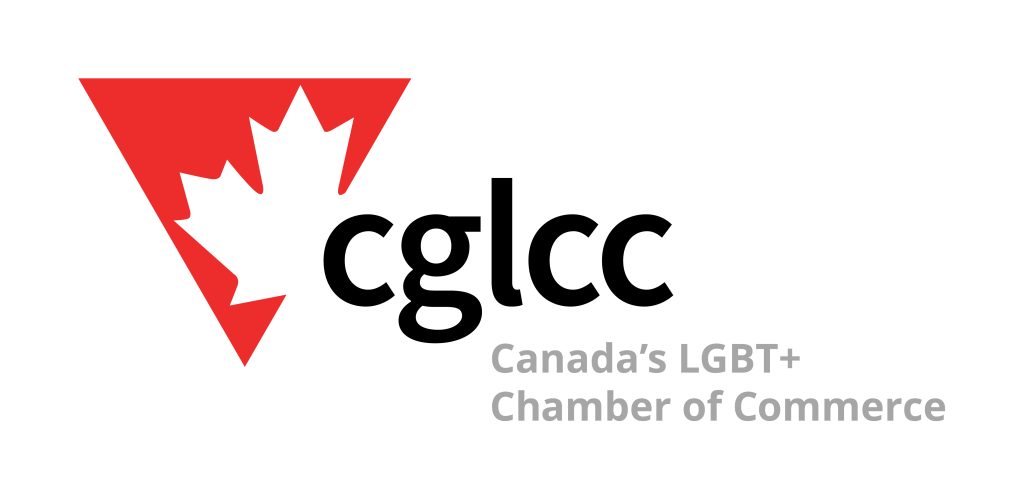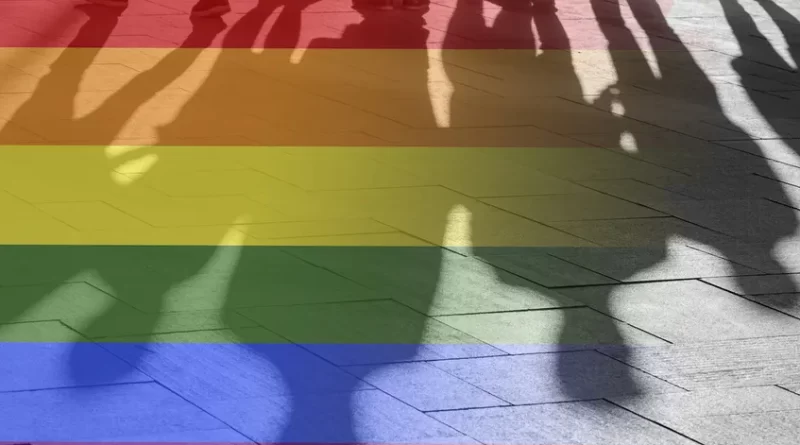Creating a welcoming and inclusive event for LGBT+ attendees and diverse communities
When developing events and conferences, the ultimate goal is to ensure attendees join in without hesitation to have a memorable experience. There are particular considerations for LGBT+ and other diverse groups that event planners, venues, and support staff need to be aware of to extend a warm welcome to these registrants.
But how do you make sure your events are LGBT+ inclusive? Consider the following four tips to develop an event where decisions are made through a diversity & inclusion lens, regardless of the event’s intended audience.
- Carefully review accessibility considerations for your choice of venue
Choosing a venue for your event is the first opportunity you have to create an accessible event for all attendees. Gender-neutral washrooms are a simple revision to any event space that can create safety and feelings of inclusion for transgender and non-binary attendees. You can also ask the venue if they have internal policies and practices around diversity and inclusion that address the needs of the LGBT+ community, and whether staff have been trained on LGBT+ guest experiences. It is also worth thinking about broader accessibility considerations that extend to non-LGBT+ attendees to ensure there is overall inclusivity considered in the event offering. Is the venue in a transit-friendly location? Does it have a wheelchair accessible entrance and internal layout?
- Make a good first impression through an inclusive registration form
The registration form attendees complete is one of the first direct interactions they will have with your event. Be intentional with how you structure the registration form and what information you collect during this process. One consideration is to ask registrants for their pronouns, which can be included on name tags for the event to help create more positive interactions between attendees. Empowering guests to self-identify their pronouns is an act of respect and shows a clear commitment to inclusivity. Asking your guests about any additional accessibility considerations they have during the registration process is another small action that can help you address concerns they may have. As a wider inclusion consideration, if you will be offering food to attendees, ask about dietary restrictions to respect each attendee’s unique ethical, cultural, faith-based, or medical needs that impact their dietary choices. Ultimately, before you launch registration for your event, take the time to review the registration form and ask yourself two questions:
- Why is this information needed?
- Will any information we collect alienate a potential attendee or discourage participation?
- Consider opportunities to support supplier diversity
More companies are demonstrating their commitment to diversity and inclusion through their purchasing practices. Supplier diversity initiatives create equal opportunities for businesses owned by individuals from diverse communities to connect with companies who value their unique service and product offerings. These diverse businesses include those owned by LGBT+ individuals, Indigenous peoples, women, visible minorities, veterans, people with disabilities, and more. Engaging with vendors owned and operated by members of diverse communities can help include individuals and businesses who would potentially face exclusion due to their identity. Think beyond your usual providers when sourcing event spaces, catering services, audio-visual rentals and management, and merchandise. Consider hiring entertainment or emcees from diverse communities.
A number of certifying bodies exist to help you more easily integrate supplier diversity into your events and procurement practices. Some include:
- Canada’s LGBT+ Chamber of Commerce (CGLCC)
- Women Business Enterprises (WBE) Canada
- Canadian Council for Aboriginal Business (CCAB)
- Canadian Aboriginal and Minority Supplier Council (CAMSC)
- Inclusive Workplace and Supply Council of Canada (IWSCC)
- Build out diverse programming for your event
While integrating supplier diversity into procurement is a fantastic option, have you also considered your event programming and whether or how diverse perspectives are presented? If you are organizing a conference, for example, consider inviting speakers who identify as LGBT+ or as part of another underrepresented group. You can provide dedicated space in a trade show to businesses owned by underrepresented groups. These considerations can provide a space at the table for more diverse voices in discussions that matter to them and your event audience.
The four tips outlined above are just a few small actions that an event organizer or venue can take to provide space for diverse audiences and create an inclusive event for all attendees. These actions do not diminish the experience for the wider audience, but will be noted and appreciated by those who do identify with an underrepresented group, such as the LGBT+ community. Now take these handy tips and have a fantastic event!
Still early in your LGBT+ diversity and inclusion journey? Connect with our team at Canada’s LGBT+ Chamber of Commerce (CGLCC) and learn more about the actions you can take to support and welcome the LGBT+ community. Businesses can also become Rainbow Registered to demonstrate, through accreditation, their commitment to providing LGBT+ safe spaces. Email [email protected] for more information.


